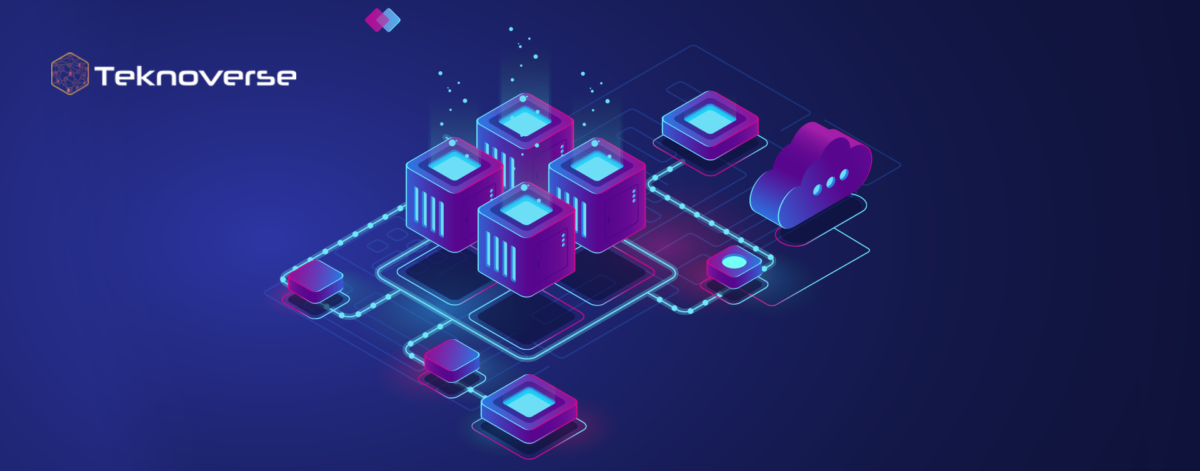Mobile apps have woven themselves into the fabric of our daily lives. From ordering food to scheduling doctor’s appointments, these apps have become indispensable. As we look ahead to 2024 and beyond, let’s explore the top 12 emerging mobile app technologies that promise to revolutionize the industry.
Artificial Intelligence (AI)
AI has already made waves in the mobile app industry, but its full potential is yet to be realized. In 2024, we can expect groundbreaking advancements in AI integration.
Benefits:
Personalized User Experiences: AI enables apps to analyze data, identify patterns, and predict user preferences. Expect smarter, more tailored experiences.
Improved App Performance: AI-driven optimizations will enhance app speed and efficiency.
Enhanced Security Features: AI can bolster app security by detecting anomalies and preventing breaches.
Chatbots: AI-powered chatbots will become commonplace, providing instant assistance to users.
Augmented Reality (AR) Beyond Gaming
AR isn’t just for Pokémon Go anymore. In 2024, AR will infiltrate various industries, from retail to education.
Applications:
Virtual Try-Ons: Customers can visualize products (clothing, accessories, furniture) in their real environment before purchasing.
Training and Education: AR enhances learning experiences by overlaying digital information onto the physical world.
Navigation and Wayfinding: AR maps guide users through unfamiliar places.
Blockchain Technology: Beyond Cryptocurrencies
Blockchain isn’t limited to cryptocurrencies. Its decentralized, secure nature has broader applications.
Use Cases:
Supply Chain Management: Transparent tracking of goods from source to consumer.
Smart Contracts: Self-executing contracts with no intermediaries.
Digital Identity Verification: Securely verify identities without compromising privacy.
Beacon Technology Apps: Personalizing the Physical World
Beacons use Bluetooth to communicate with nearby devices. Expect more personalized experiences in physical spaces.
Scenarios:
Retail: Targeted promotions based on a shopper’s location within a store.
Museums and Exhibitions: Interactive content triggered by proximity to exhibits.
Healthcare: Patient navigation within hospitals using beacons.
Mobile Commerce: The New Retail Frontier
E-commerce is evolving rapidly. Mobile commerce (m-commerce) will dominate retail.
Trends:
Mobile Wallets: Secure payment options via apps (Apple Pay, Google Pay).
In-App Purchases: buying experiences within apps.
AR Shopping: Try before you buy using AR visualization.
Edge Computing for Faster, Smarter Apps
Edge computing processes data closer to the source (device or server), reducing latency.
Benefits:
Speed: Real-time responsiveness for critical tasks.
Privacy: Sensitive data stays closer to the user.
Efficiency: Reduced strain on central servers.
5G Connectivity: Supercharging Mobile Apps
5G networks will revolutionize app experiences with lightning-fast speeds and low latency.
Implications:
HD Streaming: Buffer-free video streaming.
IoT Integration: Communication between devices.
AR/VR: Immersive experiences without lag.
Voice Interfaces and Conversational AI
Voice assistants (like Siri and Alexa) will become integral to apps.
Applications:
Voice Search: Hands-free navigation within apps.
Voice Commerce: Ordering products via voice commands.
Accessibility: Enhanced usability for visually impaired users.
Progressive Web Apps (PWAs)
PWAs combine the best of web and app experiences.
Advantages:
Offline Access: PWAs work even without an internet connection.
Lightweight: Faster loading times.
Cross-Platform Compatibility: One codebase for multiple platforms.
Privacy-centric
Refers to an approach or organizational mindset that places a strong emphasis on safeguarding individuals’ privacy and protecting their data. Here are some key aspects of a privacy-centric approach:
Privacy Storytelling:
Effective communication is essential. Leaders within organizations should act as storytellers, emphasizing the importance of privacy beyond legal compliance.
By sharing real-world privacy stories and case studies, teams can better understand the impact of their actions on people’s dignity and data.
Breaking Down Silos: Often, different departments within an organization operate in silos, leading to miscommunication.
To foster a privacy-centric culture, leaders should encourage cross-disciplinary collaboration. Engineers, lawyers, marketers, and other team members should speak a common language when discussing privacy.
Privacy Ambassadors: Accountability for privacy should extend beyond a single person or team.
In global organizations, local privacy ambassadors ensure that privacy standards are implemented consistently across different markets.
Data Protection Regulations: Privacy-centric organizations go beyond mere compliance with regulations (such as GDPR).
They proactively build consumer trust by prioritizing privacy and data protection in all interactions.
Health and wellness apps
Play a vital role in promoting overall well-being. These apps cater to various aspects of health, from physical fitness to mental well-being. Let’s delve into some key types of health and wellness apps:
Nutrition and Fitness Apps:
MyFitnessPal: A popular nutrition-tracking app with a vast food database.
Remember, the best app for you depends on your specific needs and preferences. Whether you’re aiming for physical fitness, mental well-being, or better sleep, there’s likely an app to support your goals!
Biometric authentication: is a security procedure that uses unique biological characteristics of individuals to verify their identity. These characteristics include:
Fingerprints: Fingerprint scanners capture and analyze the unique patterns on a person’s fingertip.
Iris and Retina Scans: These methods examine the intricate patterns in the iris or retina of the eye.
Facial Recognition: Facial features, such as the arrangement of eyes, nose, and mouth, are used to verify identity.
Voice Recognition: Voiceprints are unique to each individual.
Behavioral Biometrics:
This approach considers behavioral traits, such as typing speed, mouse movements, and gait. Biometric authentication enhances security by relying on features that are difficult to replicate.

